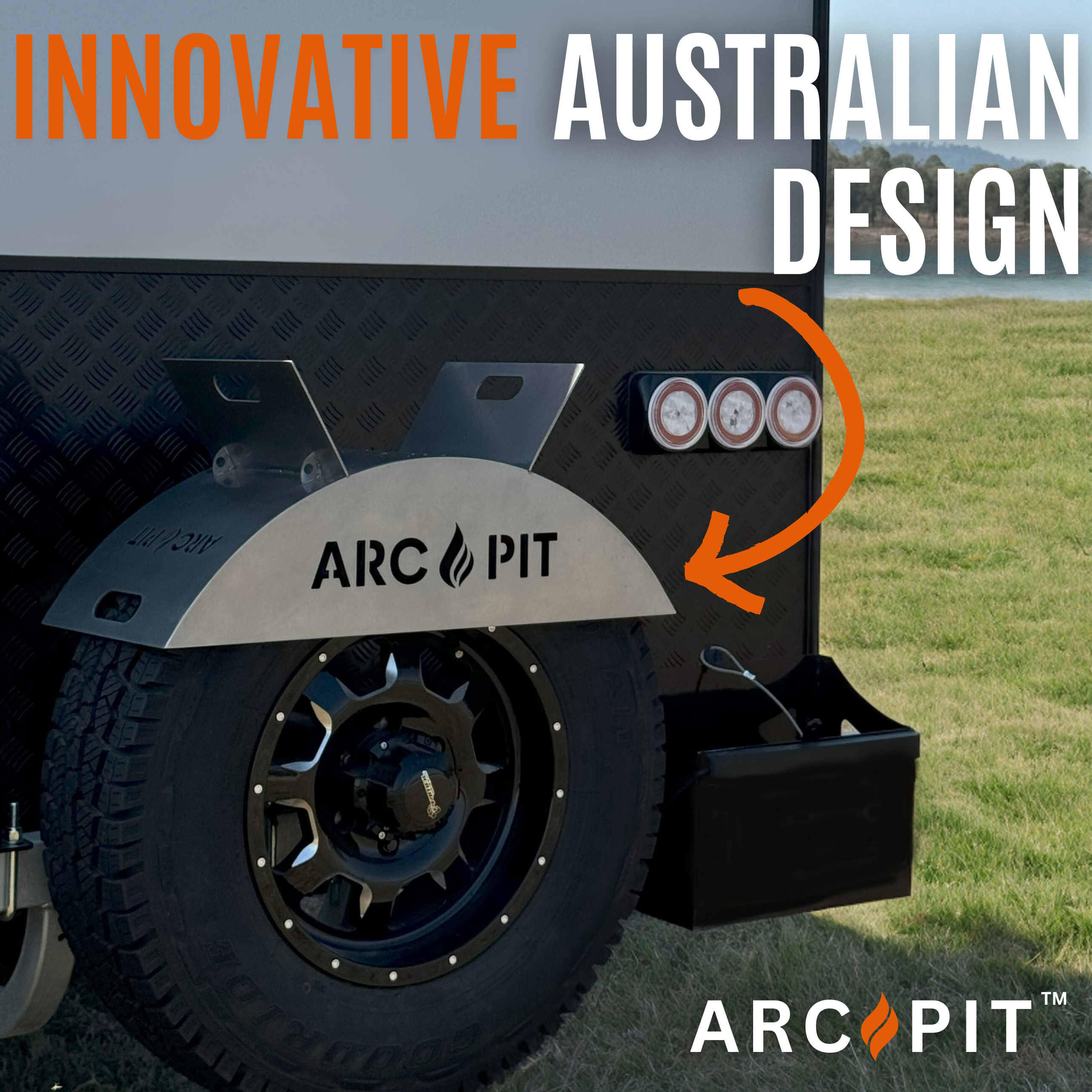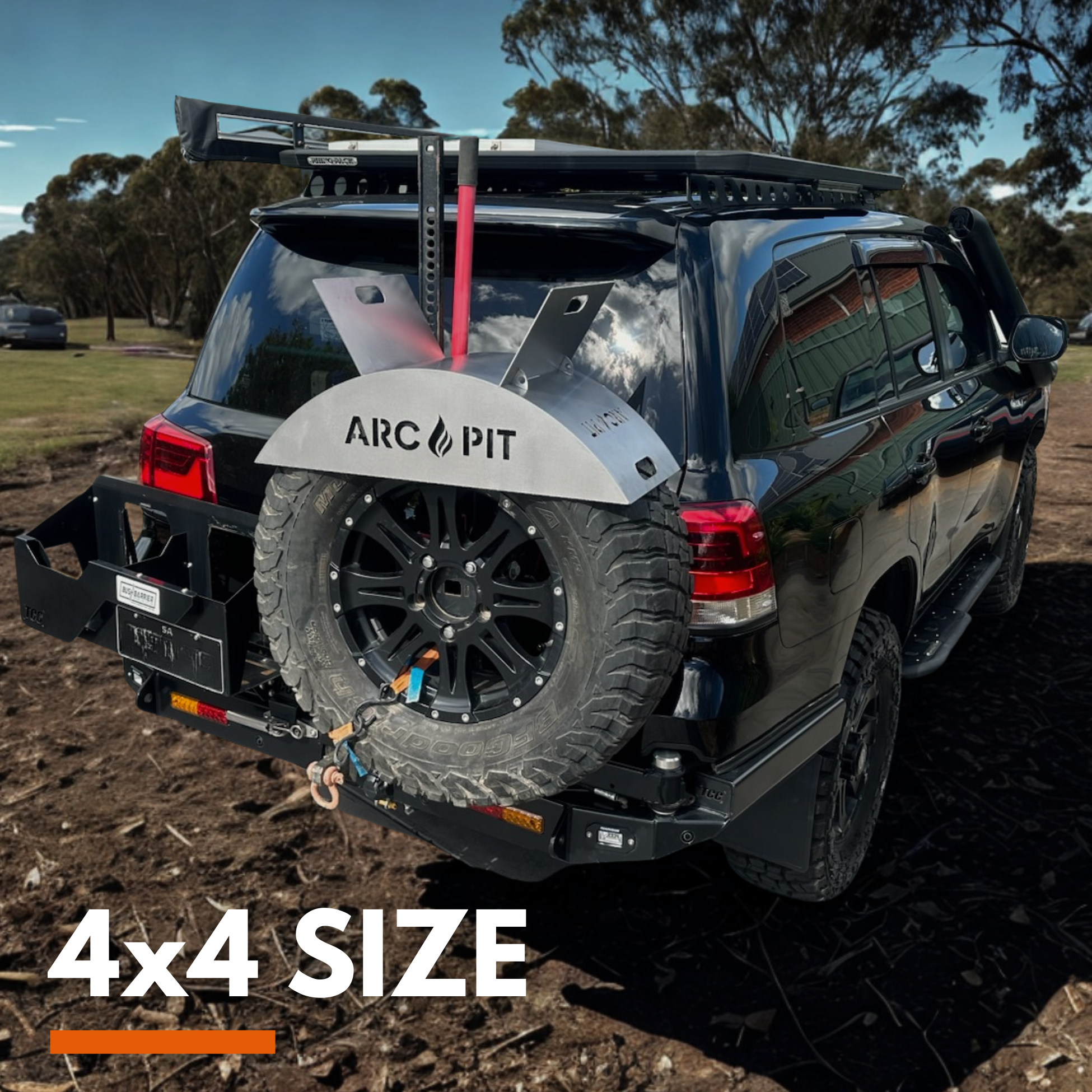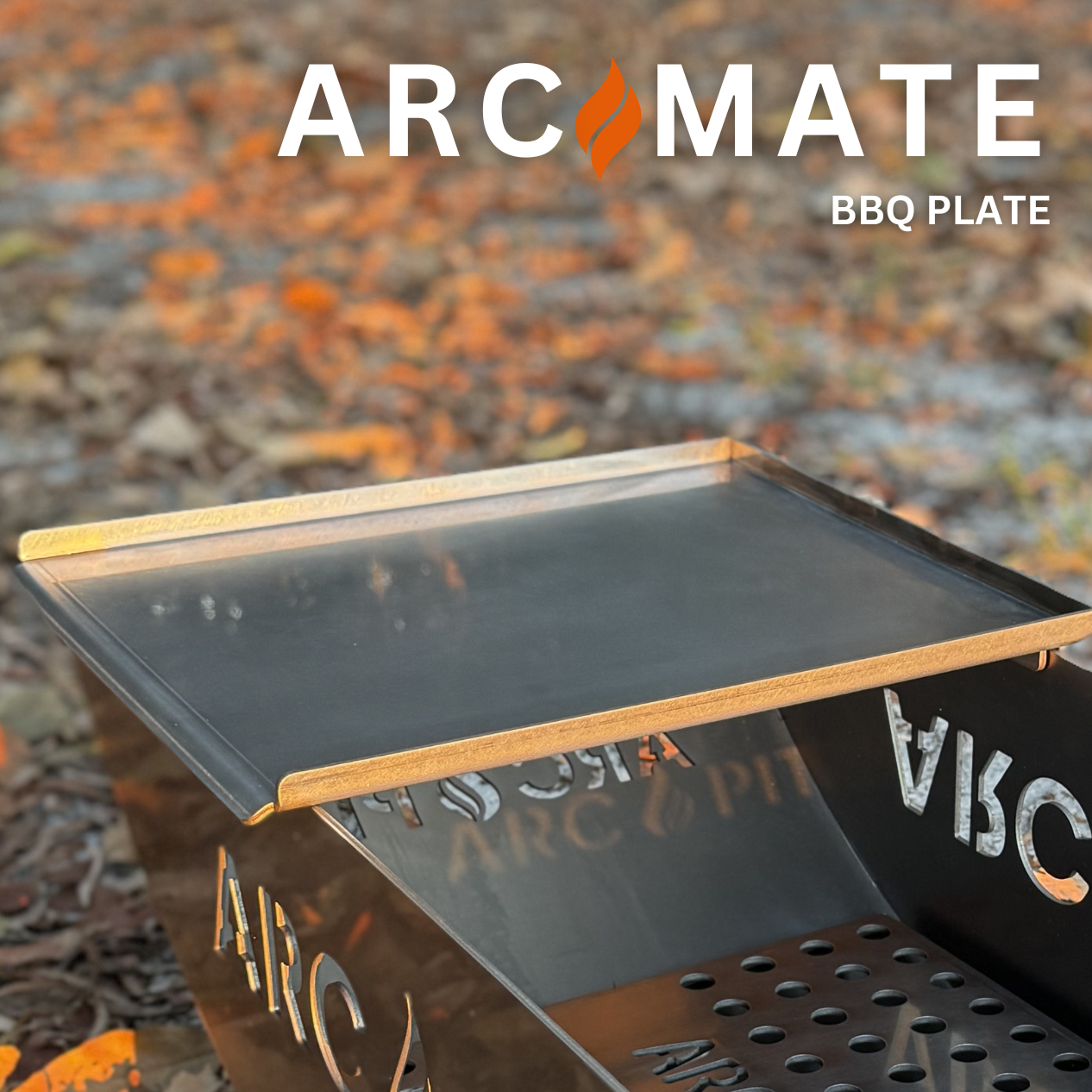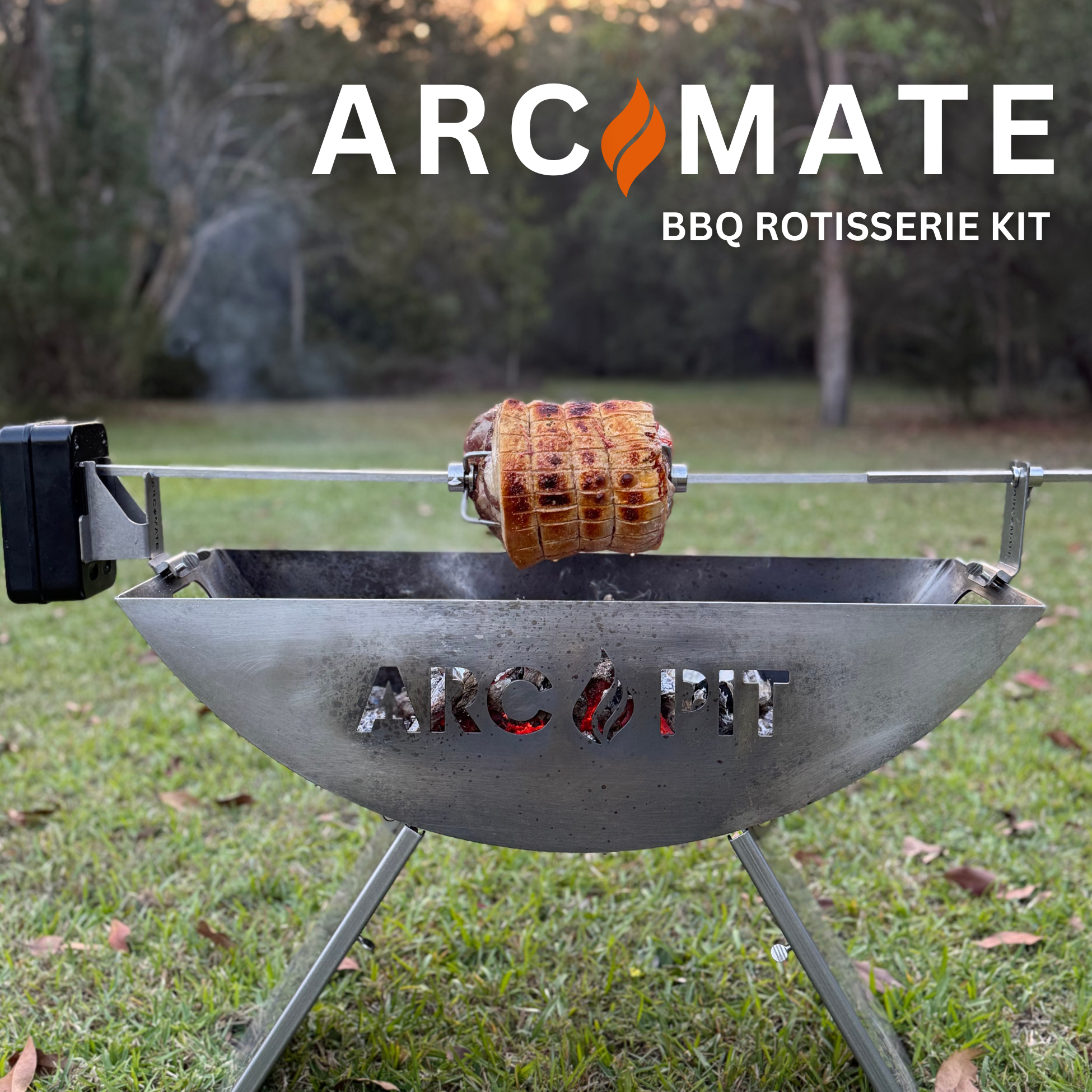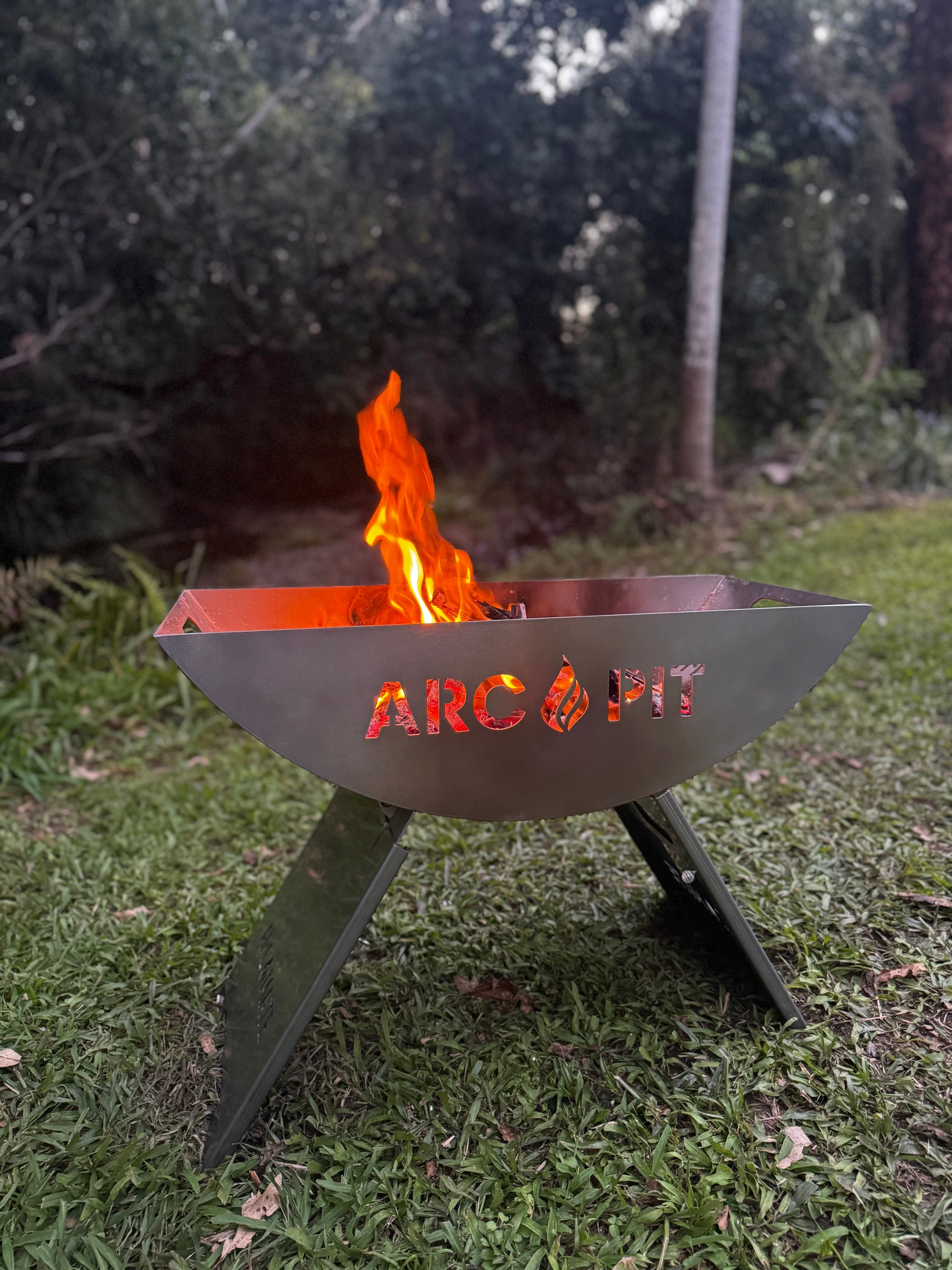There’s nothing like a crackling fire at the end of a day exploring the great outdoors. But did you know that rules around campfires vary across Australia’s national parks?
Whether you’re travelling with a caravan, setting up camp in the bush, or taking the kids on a weekend getaway, it’s important to understand the requirements for campfires in each state. A portable fire pit (especially one that’s raised off the ground) can make your setup safer and more versatile – helping you comply with rules, protect the environment, and enjoy a cleaner campfire experience.
Below we’ve put together a state-by-state guide, with links to official National Park websites where you can always double-check current conditions.
New South Wales (NSW)
In NSW, campfires are generally only allowed in designated fireplaces or fire rings at campgrounds. Bringing your own portable, raised fire pit can be a huge advantage – many parks allow them if they’re stable, off the ground, and used in cleared areas. This not only prevents scarring of the soil but also makes it easier to collect and dispose of ash responsibly.
Keep in mind: during Total Fire Ban (TOBAN) days, no campfires or solid-fuel stoves are permitted anywhere.
👉 Check current NSW National Parks fire rules.
Victoria (VIC)
Victoria has some of the strictest campfire rules. Fires are only permitted in purpose-built fireplaces provided by the park – and never on bare ground. That’s where a portable fire pit can shine: by keeping your fire contained, smaller, and raised, it makes complying with safety regulations easier when you’re camping in places that allow open fires.
On Total Fire Ban days, no solid-fuel fire is allowed at all – only gas or electric cooking appliances.
👉 See Parks Victoria campfire rules.
Queensland (QLD)
In Queensland, campfires are allowed in many campgrounds but only in provided fire rings or cleared fire sites. In some areas (like state forests), fires must be in an enclosed, above-ground fire container – making portable fire pits the perfect solution. Off-ground designs keep the fire contained and reduce the risk of embers spreading.
Always bring your own clean firewood – collecting timber in parks is not allowed.
👉 Check QLD National Parks fire conditions.
Western Australia (WA)
WA’s hot, dry climate means strict seasonal bans. Many parks don’t allow campfires at all during summer, while others only allow them in provided fire pits during cooler months. When campfires are permitted, keeping them small, contained, and off the ground is the safest way to enjoy them.
Portable pits help reduce ground damage and make extinguishing easier – but they can only be used where fires are officially permitted.
👉 Check WA Parks campfire updates.
South Australia (SA)
In South Australia, campfires are not permitted at all during the Fire Danger Season (usually November to April). Outside this period, some parks allow fires in designated fire pits.
A raised portable fire pit is a smart choice here: it keeps your fire safe and contained, while making it easier to comply with clearance rules (like having 4m of cleared ground around the fire).
👉 See SA National Parks fire rules.
Tasmania (TAS)
Tasmania has many Fuel Stove Only areas (especially in the Wilderness World Heritage Area and alpine regions), where no campfires are allowed at all. Where campfires are permitted, they must be in designated fire rings.
Portable fire pits are a great way to minimise your footprint in approved areas – they stop heat from scarring delicate soils and make cleanup easy. Always bring your own firewood and remember that bans apply during summer fire season.
👉 Check Tasmanian Parks campfire info.
Northern Territory (NT)
In the NT, campfires are usually allowed in provided fireplaces or pits at campgrounds. Some areas encourage the use of braziers or raised pits to protect the soil. During declared Fire Ban days, however, no solid-fuel fire is allowed.
The dry season can bring high fire danger, so an off-ground pit gives you extra peace of mind that your fire is contained and safe.
👉 See NT Parks fire safety guidelines.
Australian Capital Territory (ACT)
The ACT has very limited areas where fires are permitted – only in Namadgi National Park, Tidbinbilla, Cotter Campground, and Uriarra Crossing, and only in provided fire pits.
If you’re lucky enough to camp in these spots, using a small, raised fire pit helps you keep the fire tidy, off the ground, and easier to extinguish. But remember: during summer or on Total Fire Ban days, no fires are allowed at all.
👉 Check ACT Parks campfire rules.
Summary
Rules around campfires in national parks exist for good reason – to protect our landscapes, wildlife, and visitors. A portable fire pit that’s raised off the ground gives you more flexibility, keeps your fire contained, reduces environmental impact, and makes following the rules simpler wherever campfires are permitted.
Before you head out, always check the latest fire conditions for your park and season. That way, you can enjoy the warmth, cooking, and atmosphere of a campfire safely and responsibly.
Information current as at August 2025. ArcMate is not responsible for fire safety in national parks. Please ensure you follow all signs, alerts, and official information provided by the relevant national park authority at the time of camping.
Read more
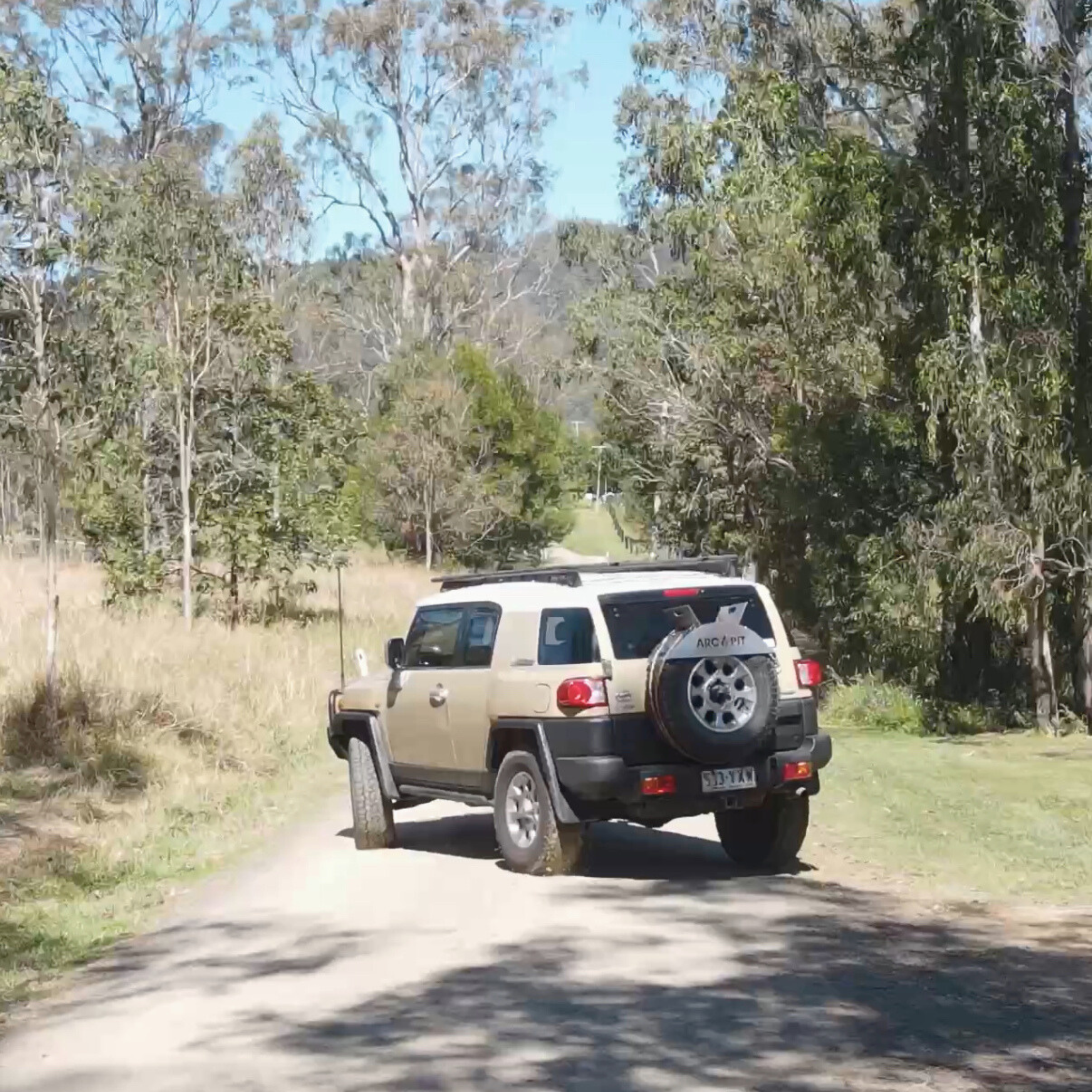
UNSURE WHICH SIZE ARCPIT? Check out our comparision video here.. Bigger fire pit, doesn't necessarily mean bigger fire!
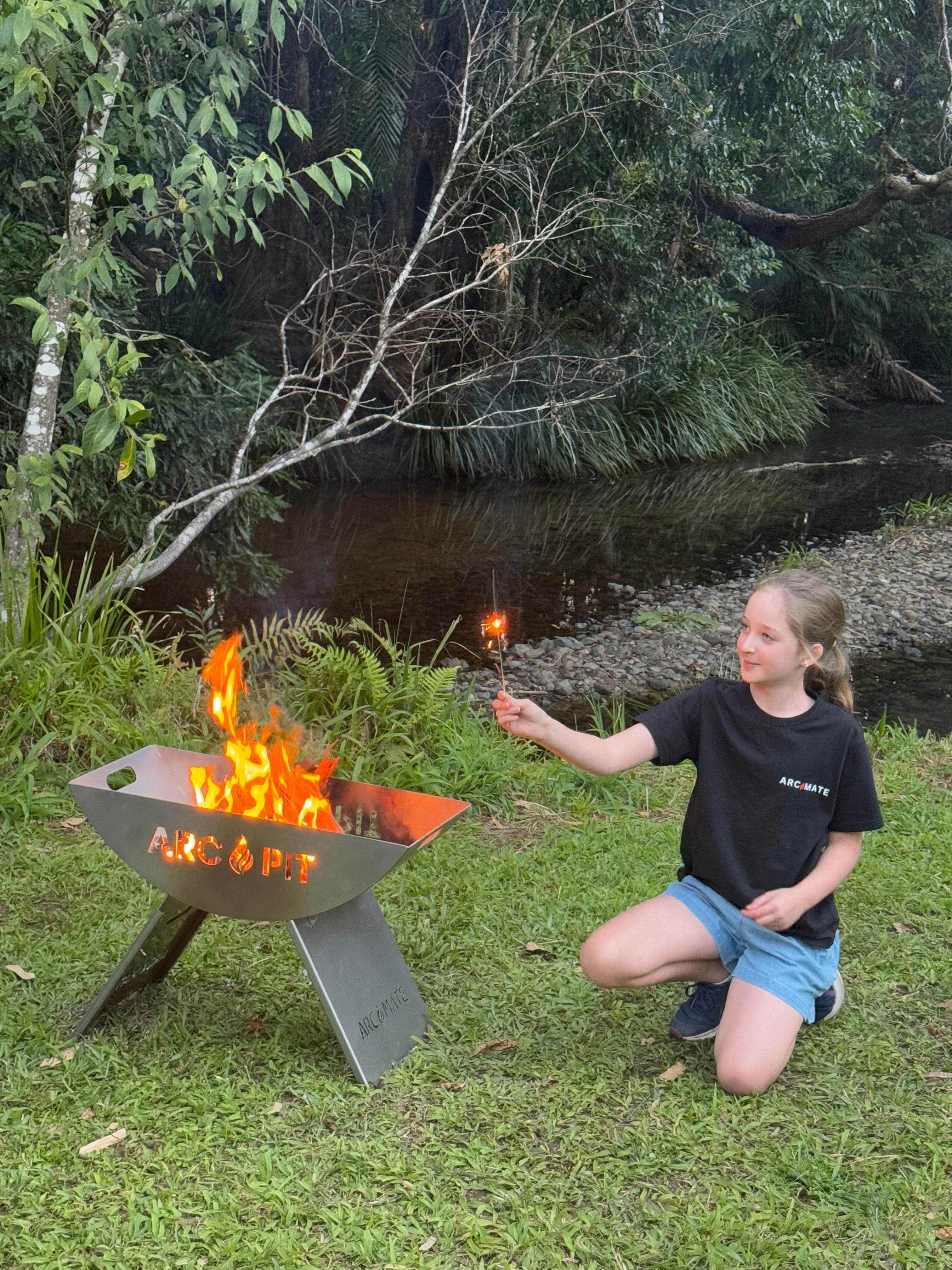
There’s nothing more Aussie than gathering the family around a campfire, sharing stories, roasting marshmallows, or cooking dinner after a long day exploring the outdoors. But with kids around, saf...

